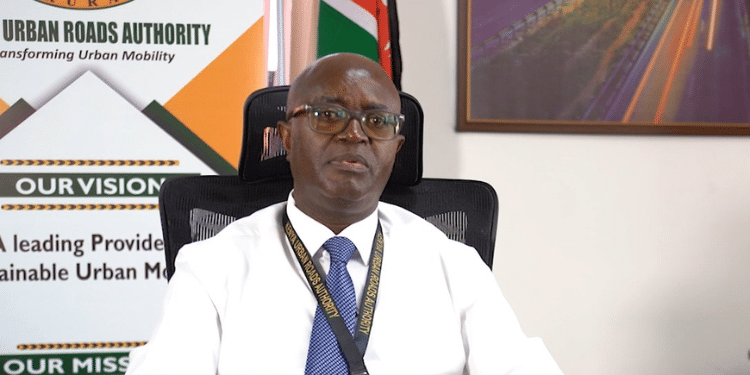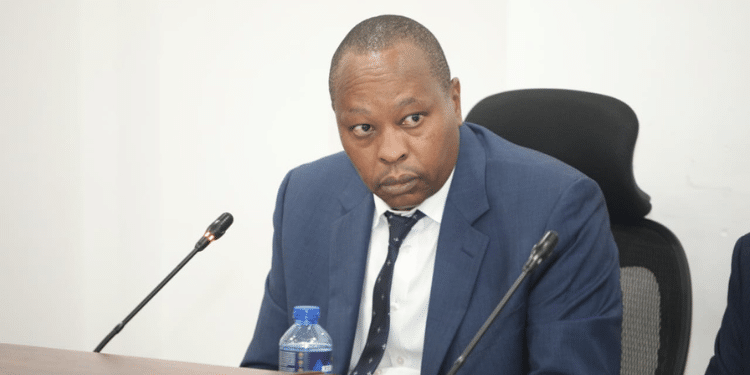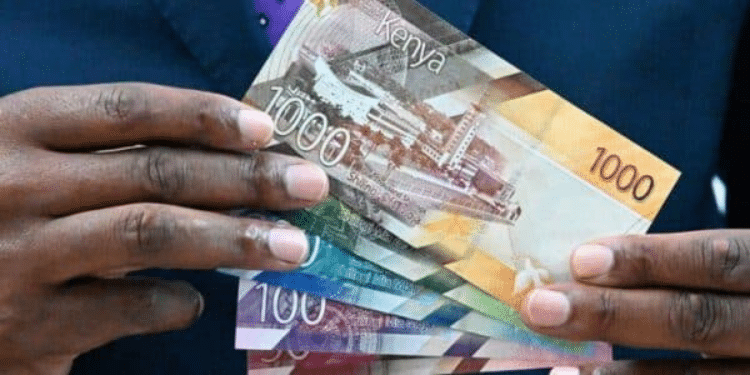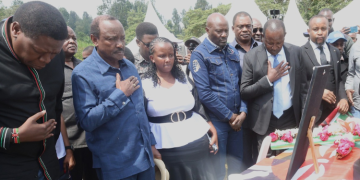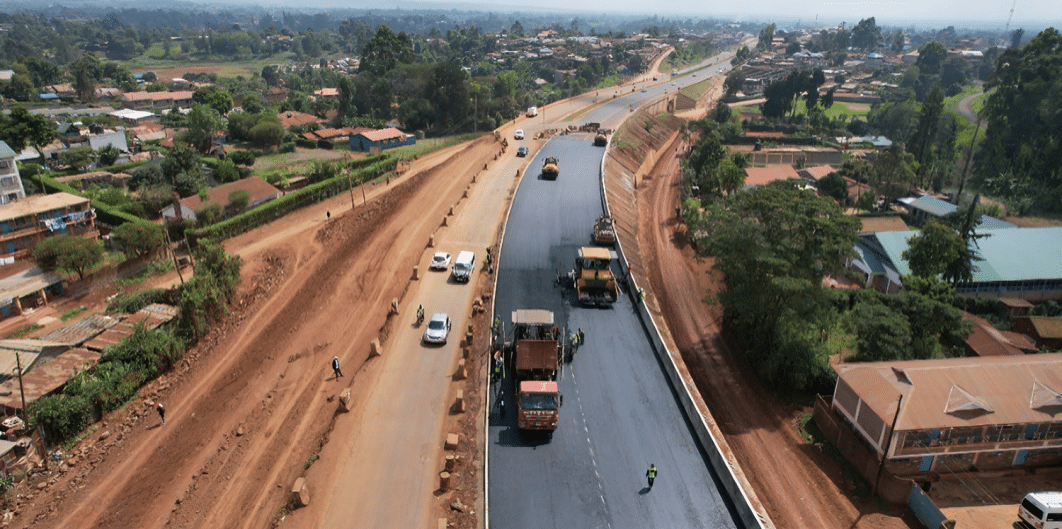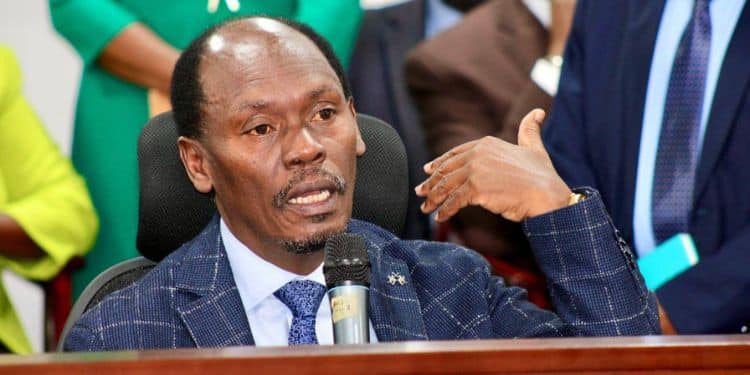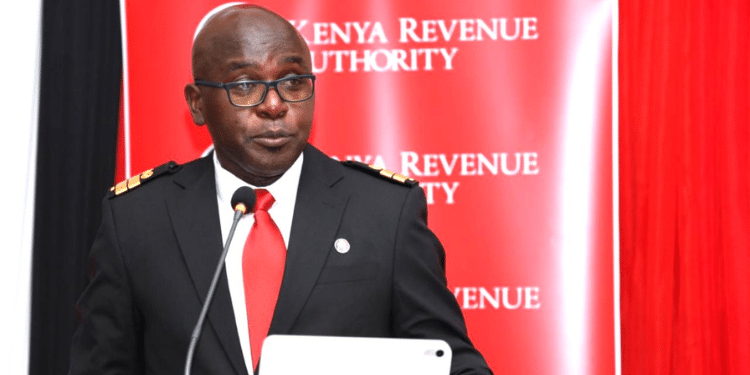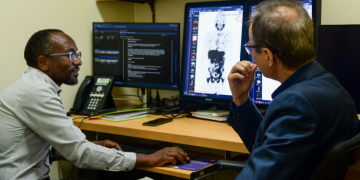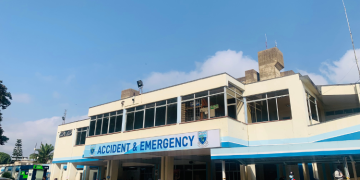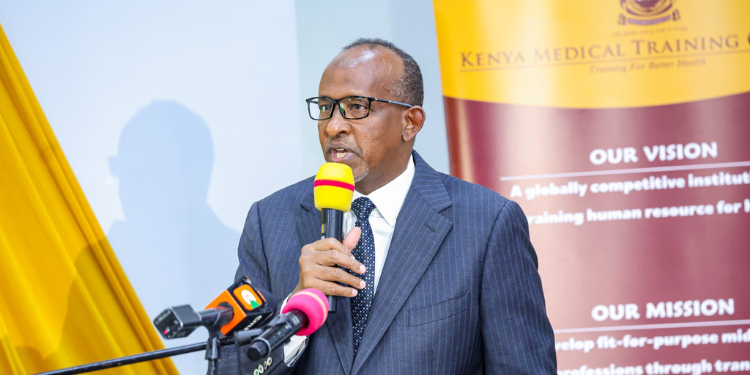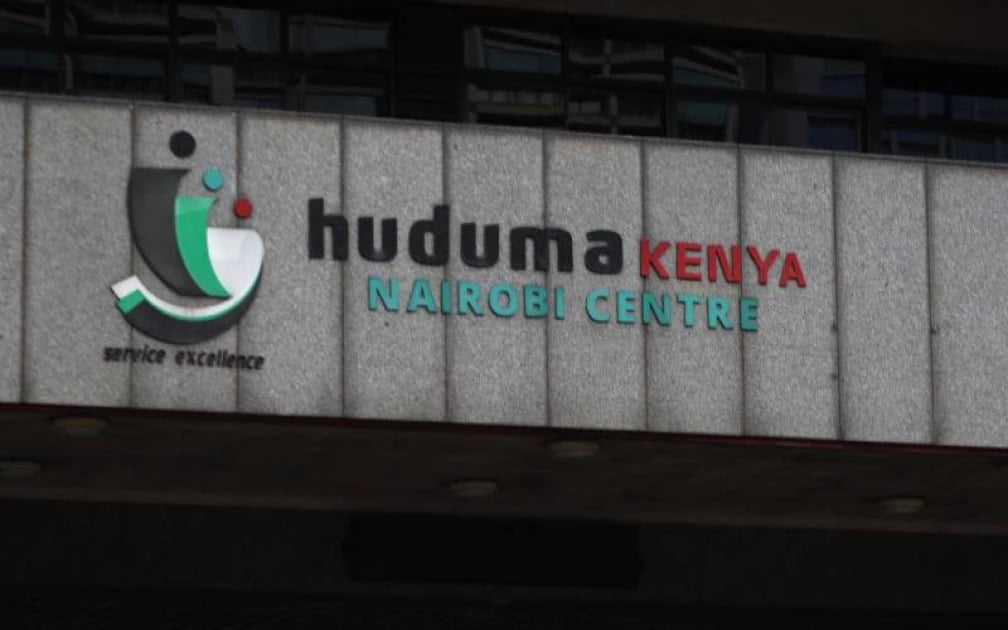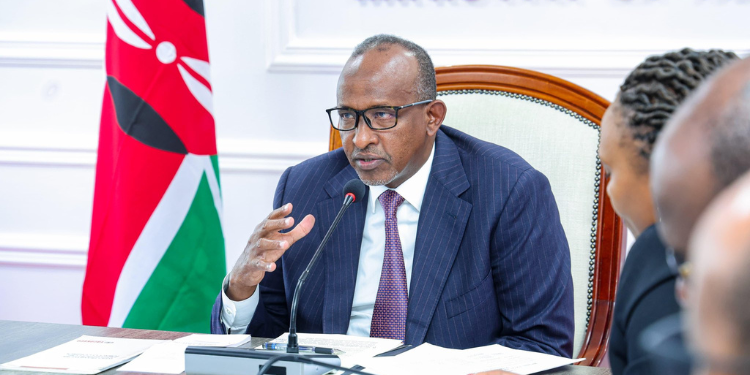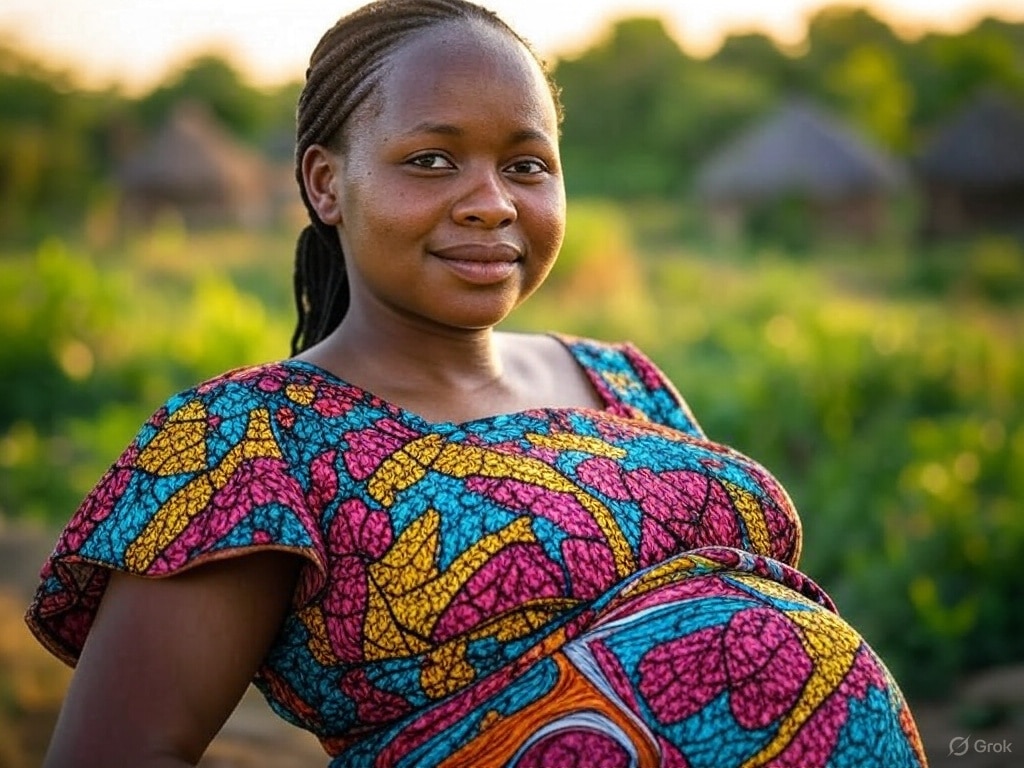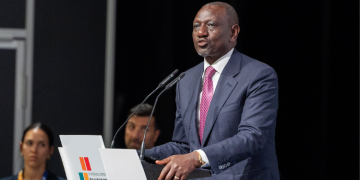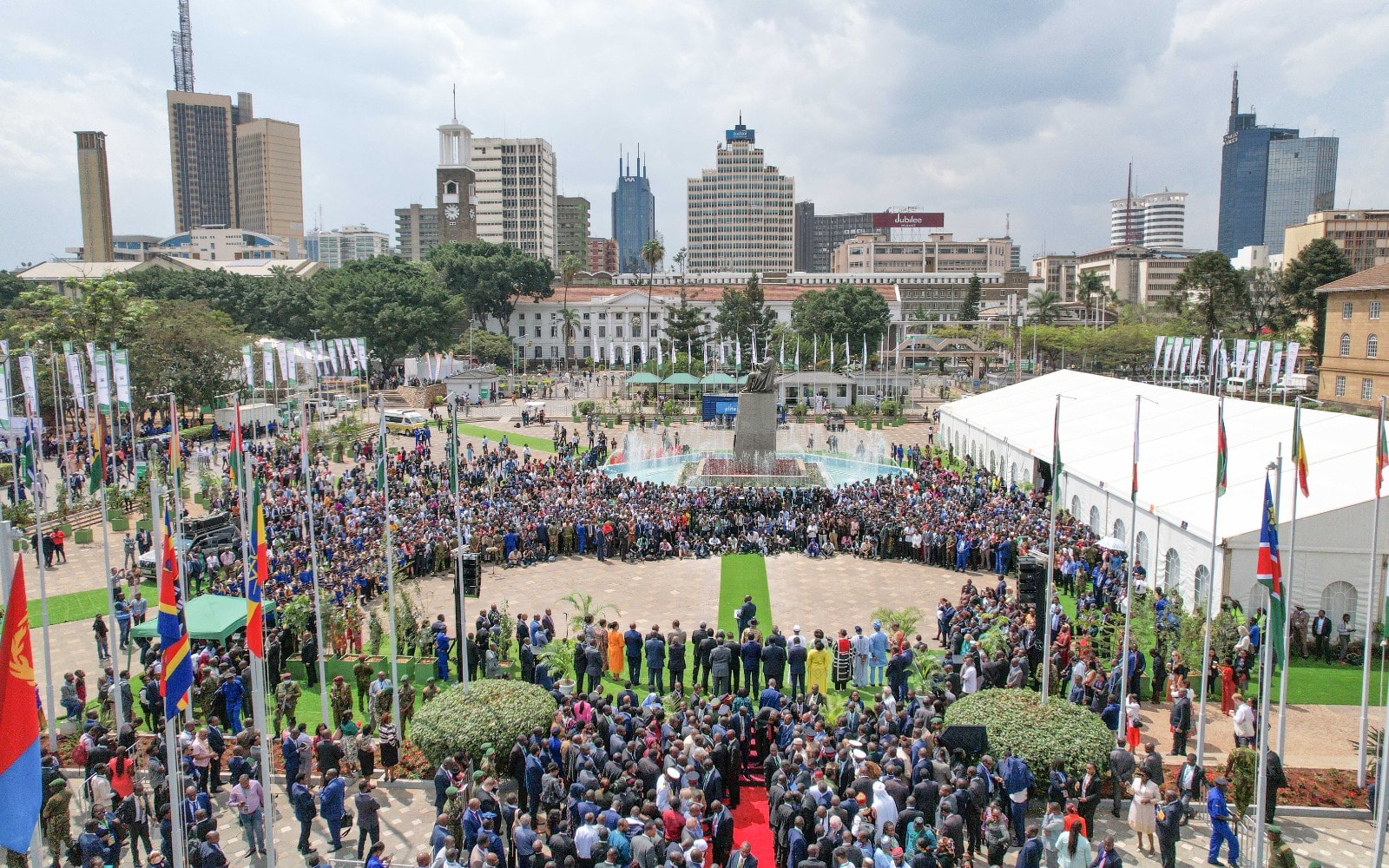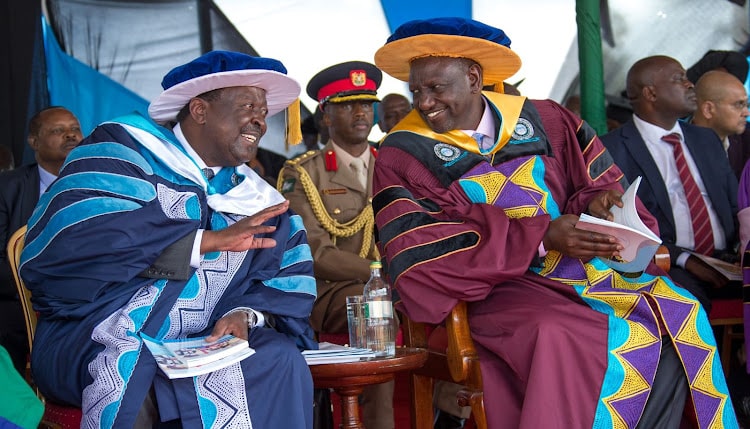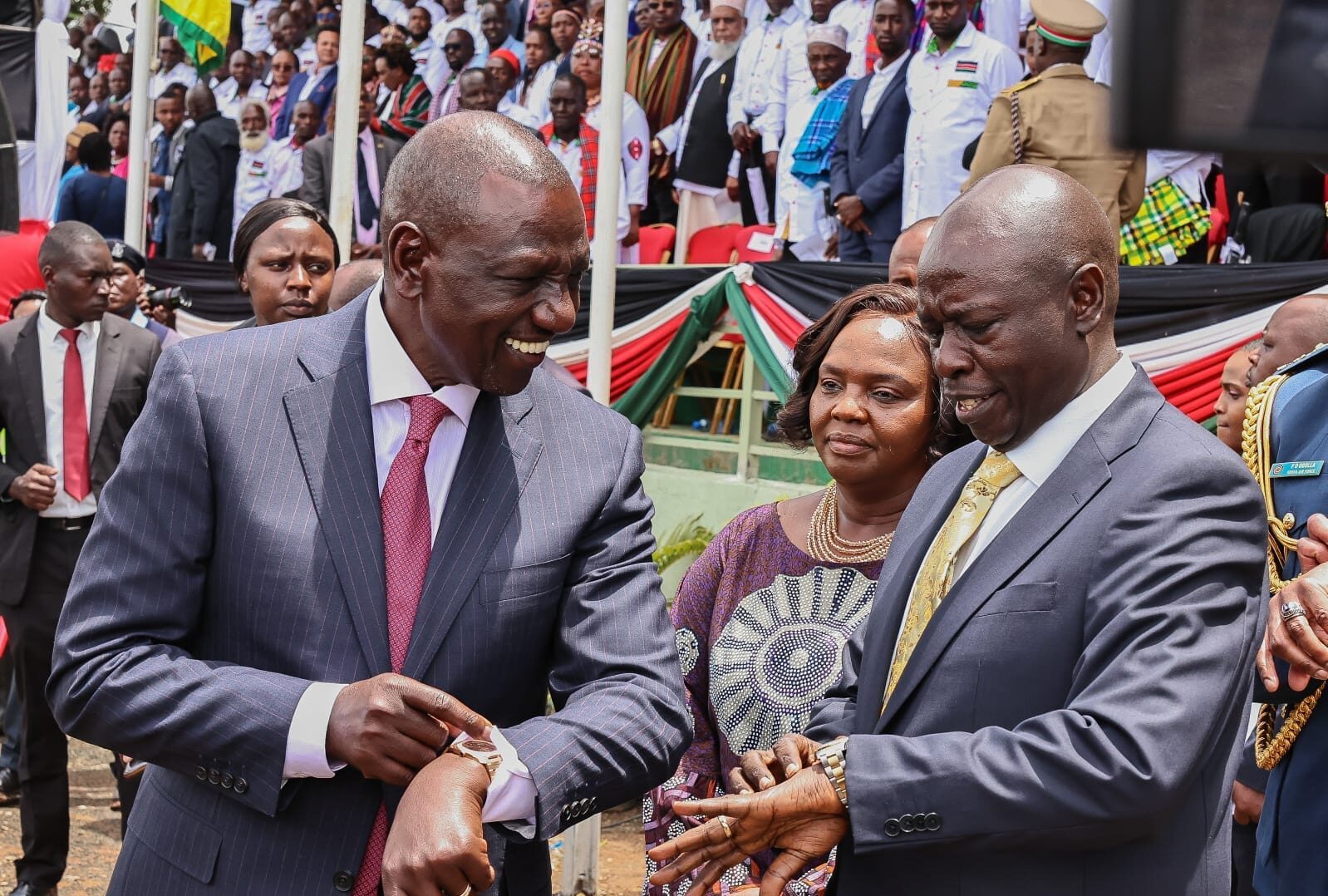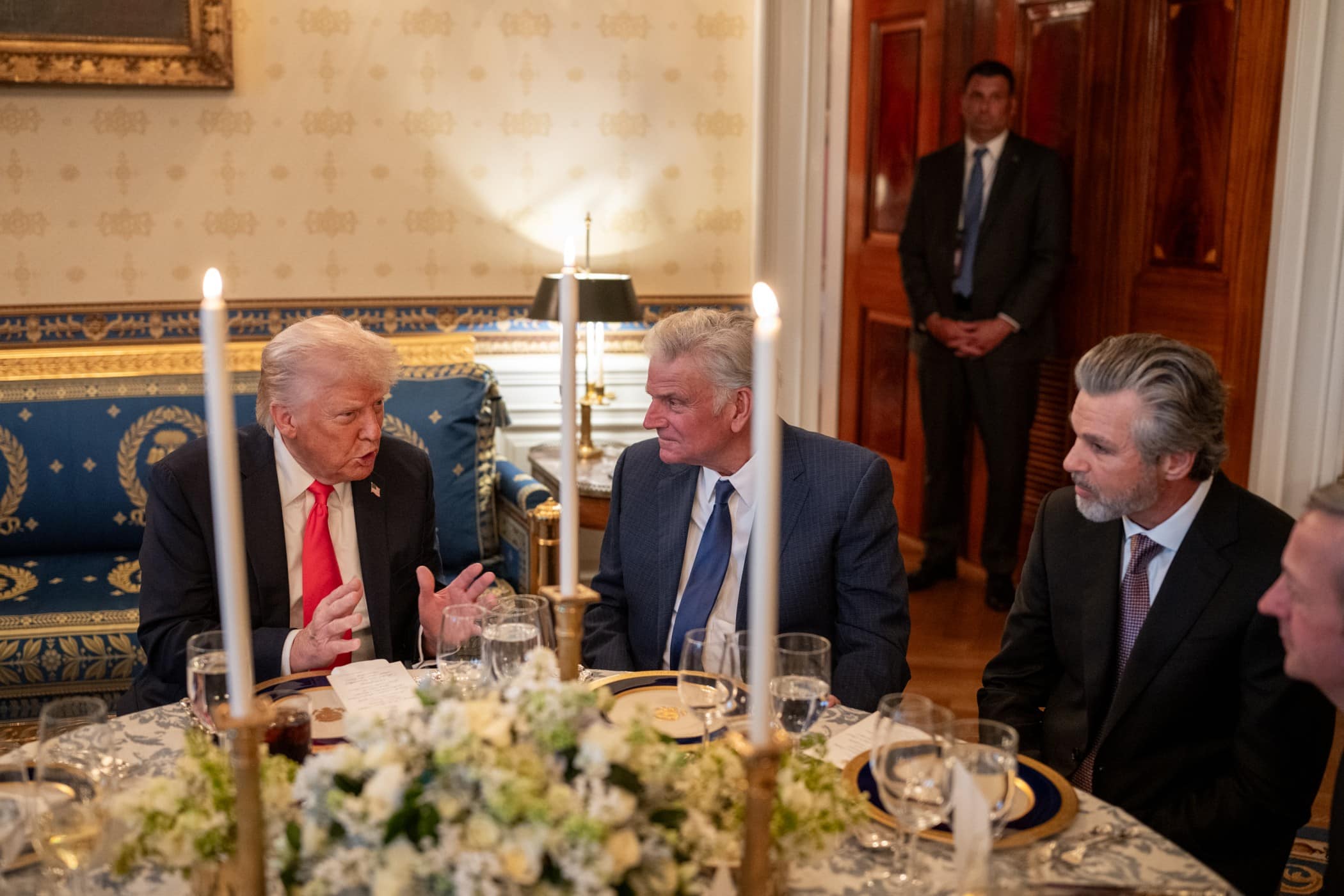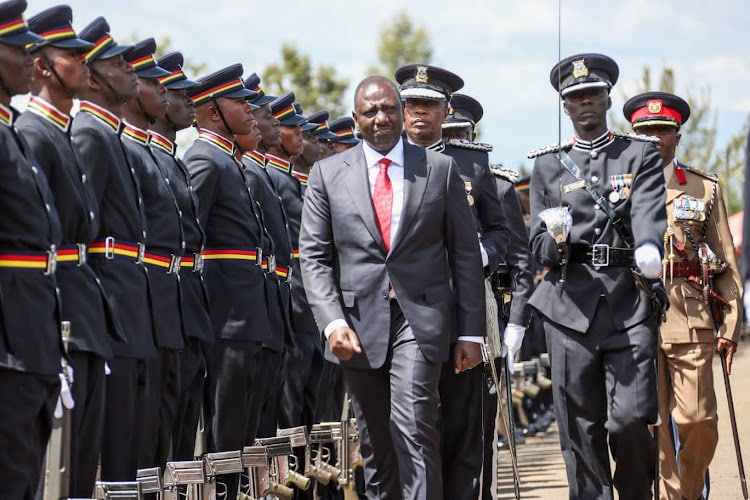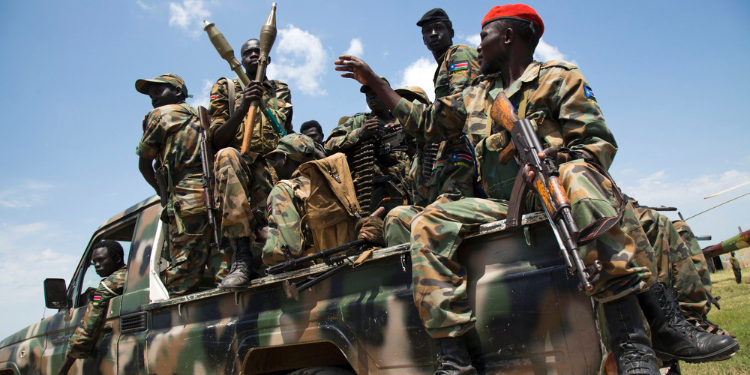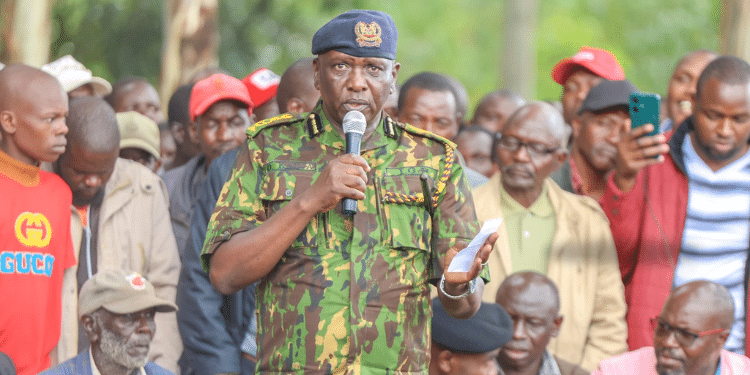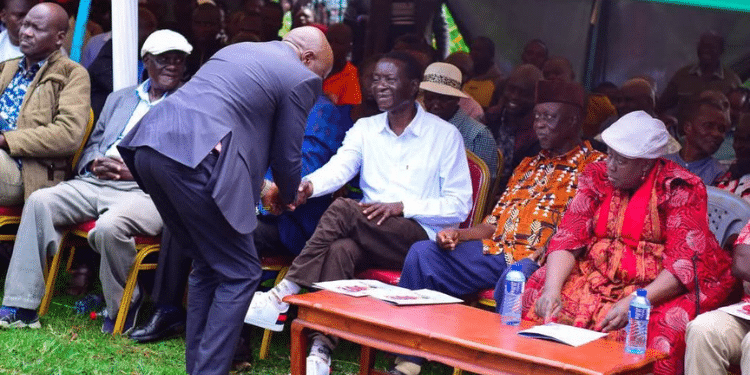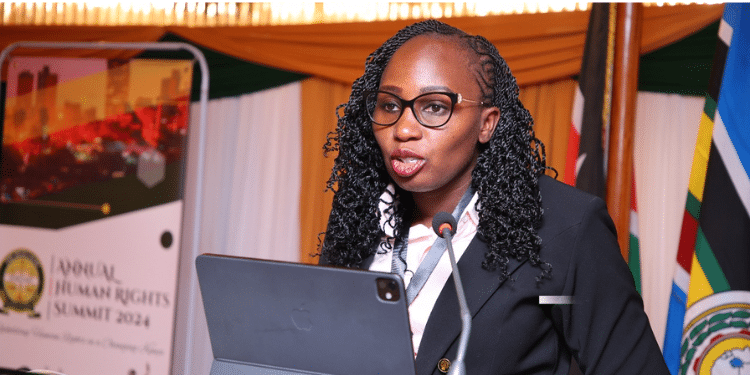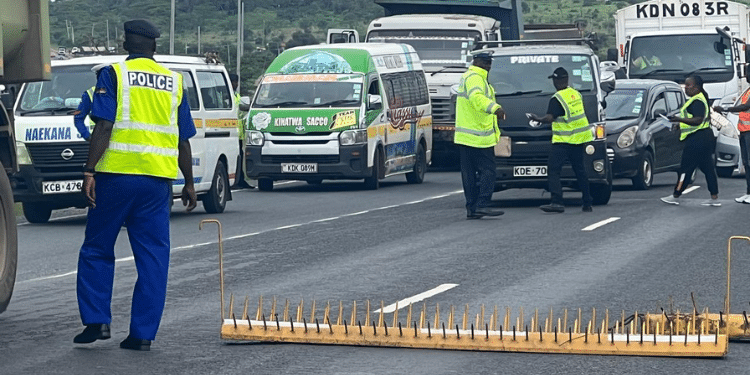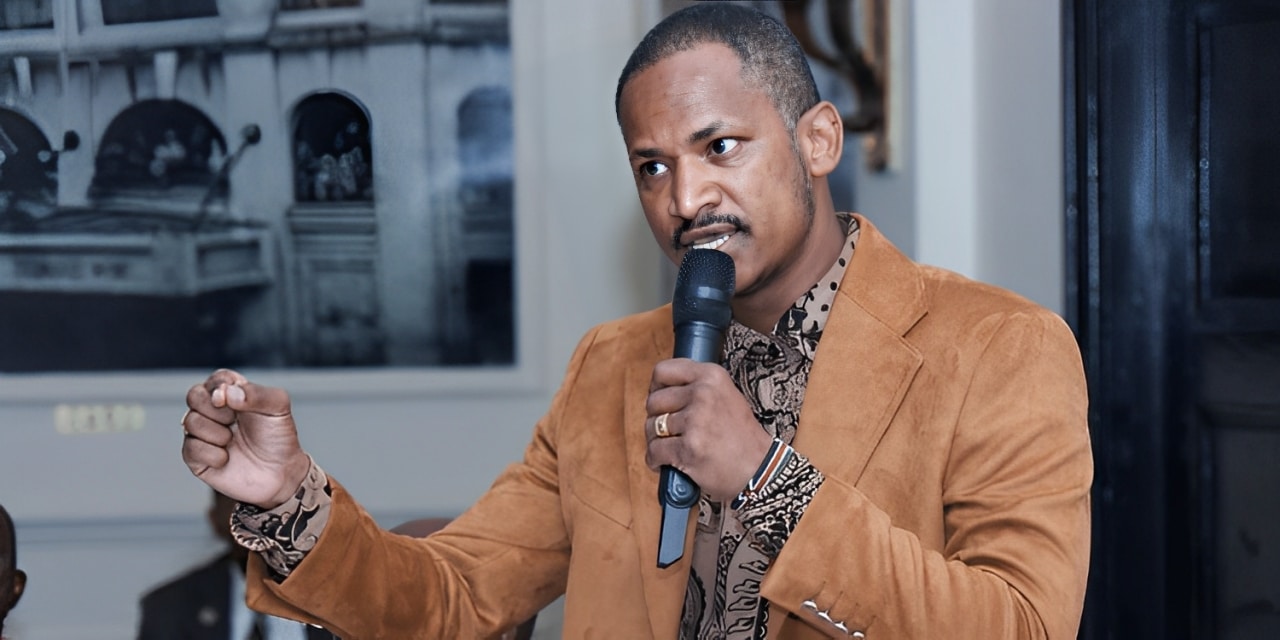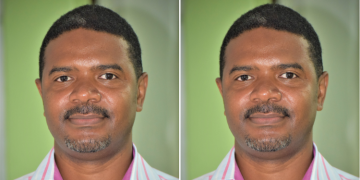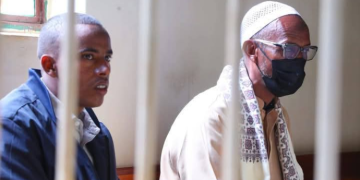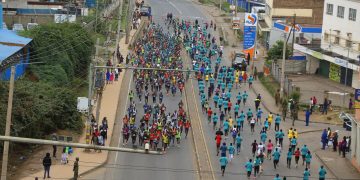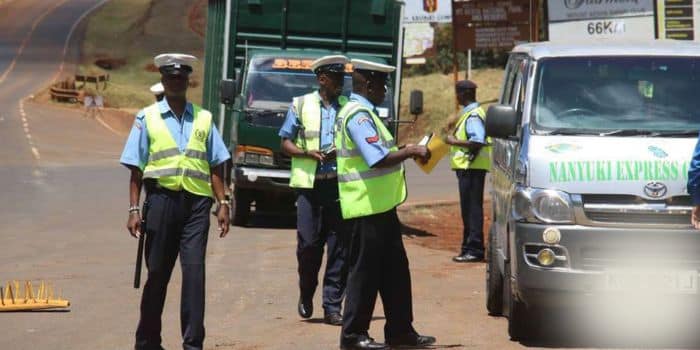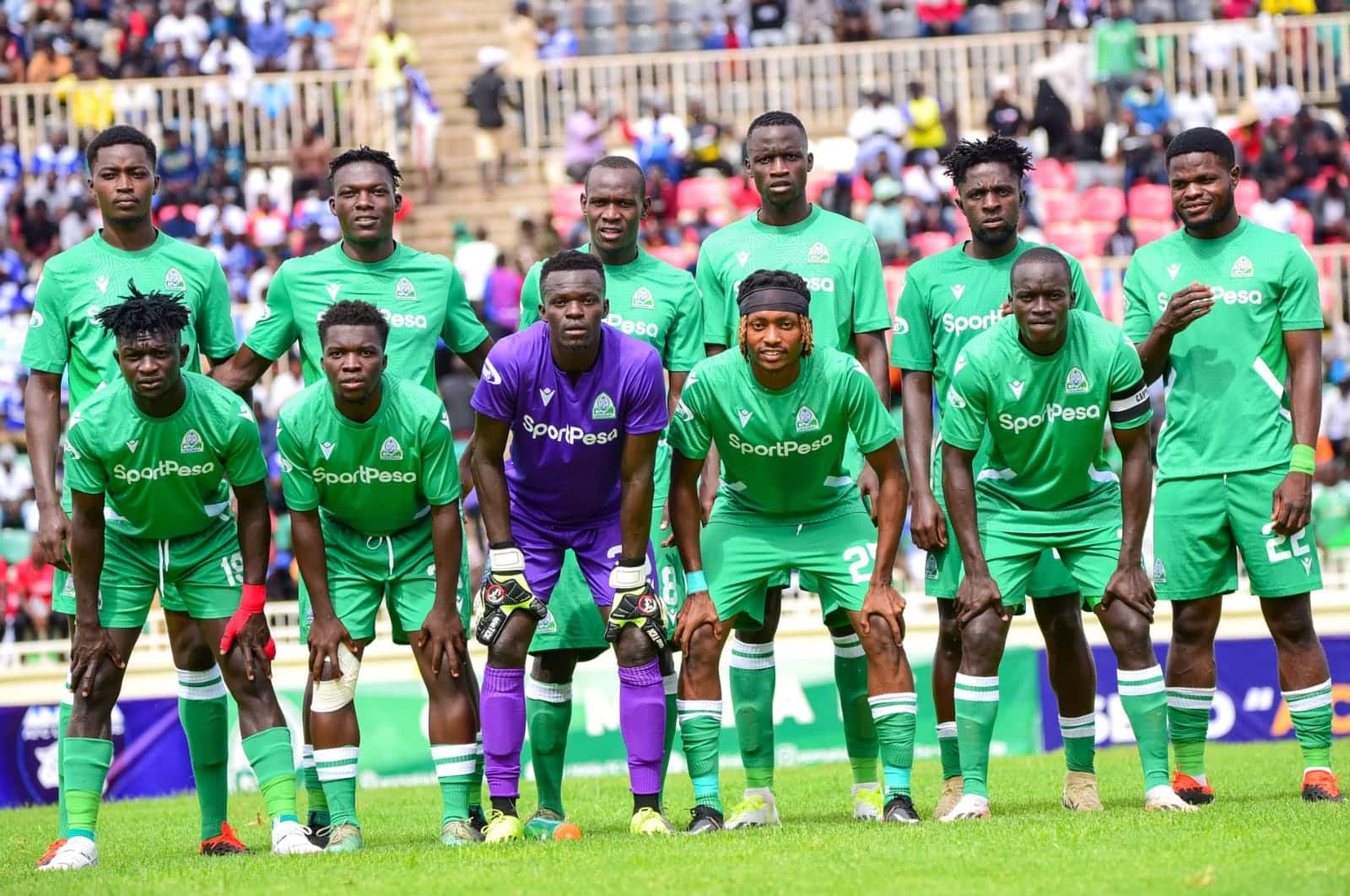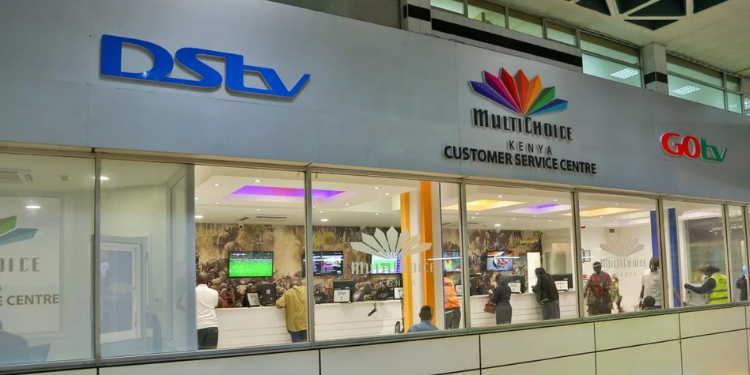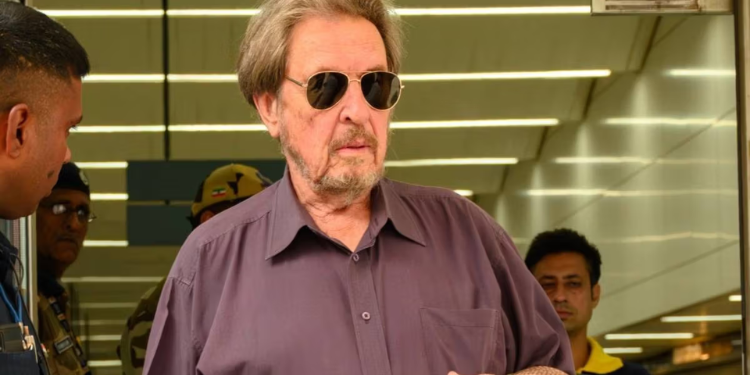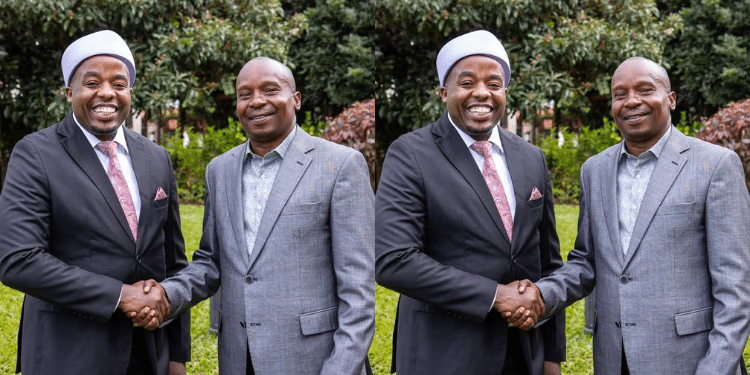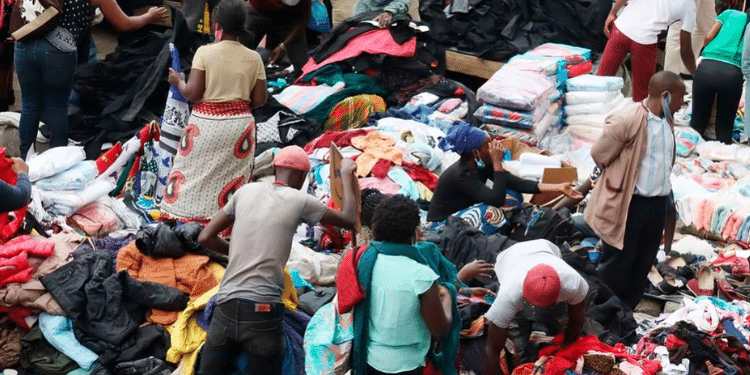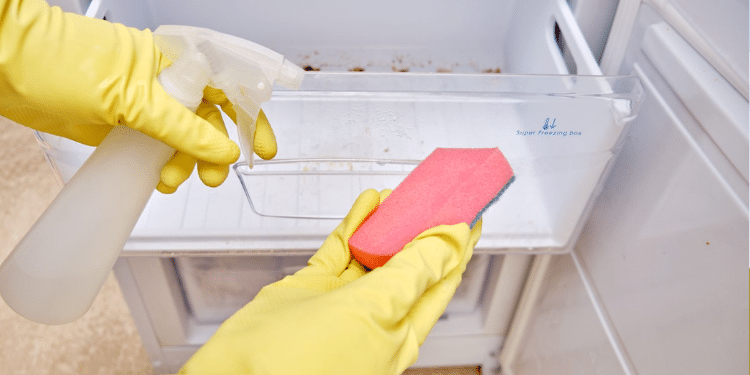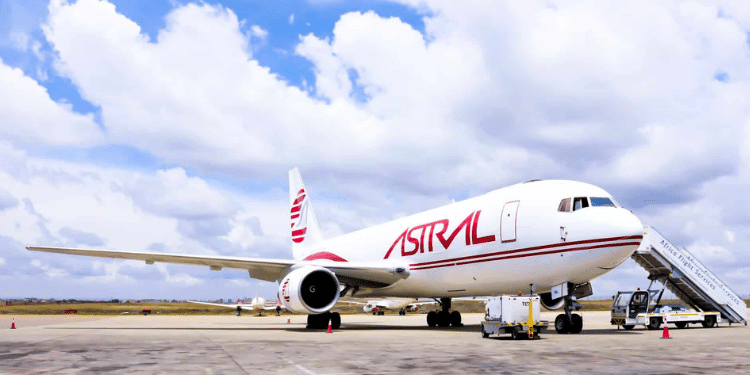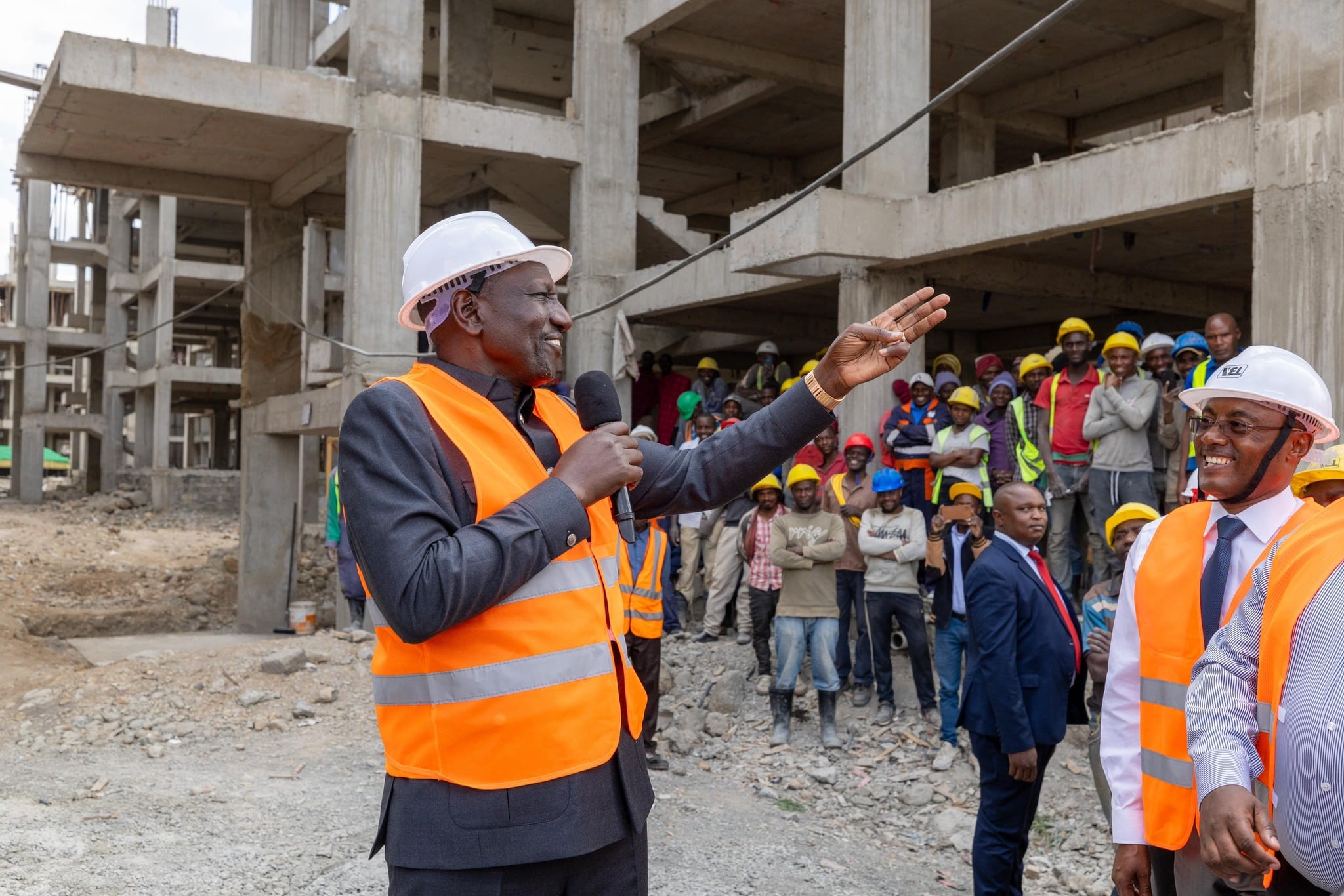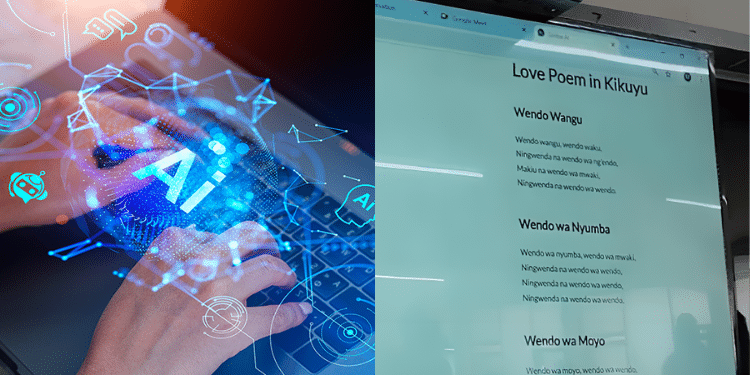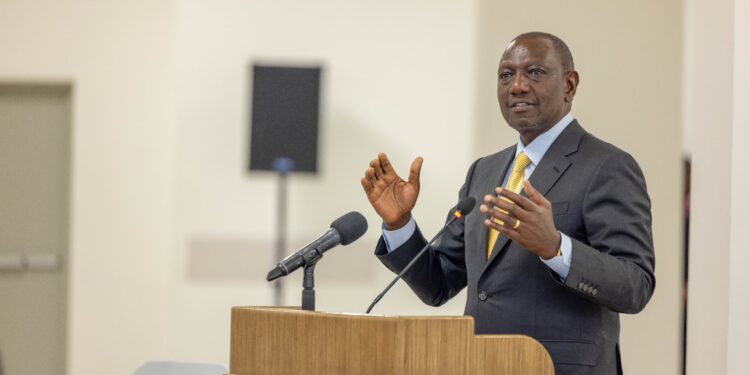About NEDI Project Ruto Wants Moved to His Office
In 2018, the Government of Kenya, with support from the World Bank, launched NEDI to boost investments in the region.
The initiative focuses on transformative infrastructure and sustainable livelihoods, with a total investment portfolio exceeding US$2 billion when combined with other World Bank projects in the area.
NEDI has, for the past years, been spearheaded by both the national and county governments.
Its success depends largely on strong collaboration between stakeholders, including the two levels of government, the private sector, civil society organizations, and development partners.
Also Read: Govt Targets 14,000 New Jobs as Devki Invests Ksh11 B in Key Project
The programme consists of six key projects: the Off-Grid Solar Access Project for Underserved Counties, the Climate Smart Agriculture Project, the Water and Sanitation Development Project.
Others are the Northeastern Transport Improvement Project, the Development Response to Displacement Impacts Project, and the National Safety Net Program Additional Financing.
The project covers ten counties which include Garissa, Isiolo, Lamu, Mandera, Marsabit, Samburu, Tana River, Turkana, Wajir, and West Pokot.
Key Projects
Some of the NEDI projects that have been completed are the Horn of Africa Gateway Project (HoAGP) – 740km from Isiolo through Wajir to Mandera which is ready for commencement and the Isiolo Export Abattoir.
Others include the rehabilitation of Wajir Livestock Training Institute and the Horn of Africa Ground Water for Resilience Project (HOAGWRP) targeting construction of 400 boreholes to benefit residents in the region among others.
Also Read: Sonko Speaks on Owning Title Deeds of Lands Meant for Ruto Projects
To increase access to electricity in the region, World Bank announced that the Kenya Off-Grid Solar Access Project aims to harness the area’s renewable energy resources.
Mini grids in underserved counties will provide electricity to households, community facilities, boreholes, and efficient cookstoves.
World Bank affirmed that this initiative would reduce energy poverty by expanding access to modern energy services in these counties.
Through the North-Eastern Transport Improvement Project, roads will be improved, reducing travel time and providing access to jobs and markets for people living along the corridor.
At the same time, the Water and Sanitation Development Project will connect households to piped water, provide community water points, and enhance sanitation services in Wajir town and for Dadaab host communities in Garissa County.
Follow our and join our for real-time news updates



